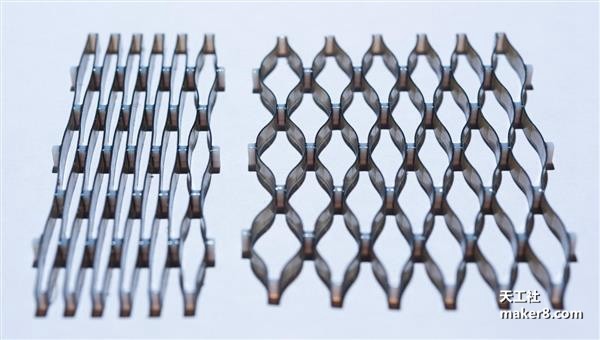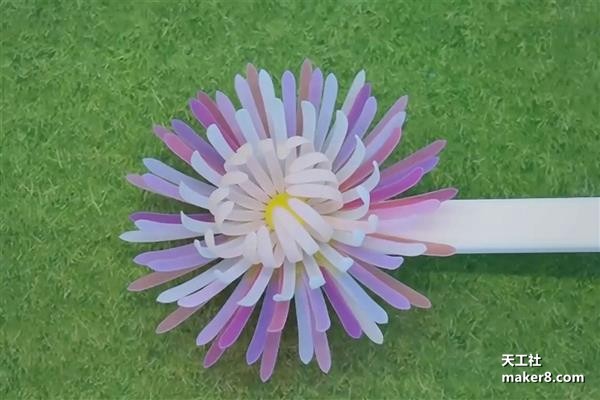New 4D printing technology permanently deforms 3D printed objects when heated
Recently, an international joint research has produced the latest results: a 3D printing method that allows printed objects to be permanently converted into different shapes after being heated. This new technology is a 4D print and is the result of a joint study by Georgia Institute of Technology, Singapore University of Technology and Design (SUTD) and Xi'an Jiaotong University. So what is 4D printing? It is the introduction of time and motion elements into 3D printing. It's not a completely new technology, and researchers around the world have been developing a variety of different materials that can be deformed by factors such as water and heat. Most existing 4D printing studies rely on the use of hydrogels, but hydrogels are very soft and difficult to maintain shape after deformation. The latest joint research of the three universities just makes up for this deficiency. The study was recently published in the journal Science Advances under the title "Direct 4D printing through reactive composites." The new technology involves 3D printing of a layer of shape memory polymer (SMP), and each layer is programmed to react differently to heat. SMP is a smart polymer that "remembers" its original shape and becomes a predetermined shape when heated. “By integrating mechanical programming post-processing steps directly into the 3D printing process, the new approach greatly simplifies 4D printing and increases its potential. This allows computer simulations to be used to design high-resolution 3D prints. After 3D printing is complete, With simple heating, it can be converted directly and quickly into a new permanent structure," the researchers explained. To showcase the new 3D printing technology, the research team produced a number of different deformable objects, including a rather complex flower that, when exposed to hot water, curled and bent its petals, and a lattice structure placed in it. When hot water is used, its size can be expanded almost eight times the original size. The time required for the conversion is extremely short, in about five seconds, which is much faster than previous hydrogel 4D printing technology. By setting various print parameters, the researchers can also control the final transition shape to some extent. “At room temperature, our composites have a soft material that can be programmed to contain internal stresses while another material is hard. We use computational simulation to design composite components, one of which is a rigid material that prevents The soft material releases the shape and size of the programmed internal stress after 3D printing. When heated, the rigid material softens and allows the soft material to release stress, which changes the shape of the print. This process is usually dramatic," the researchers explain. Although the technology is still in its infancy, it has shown many potential application possibilities. For example, 4D printed objects can be extremely useful when creating compact stacks or roll structures that are simple to ship and can then be expanded as needed. One day, the technology may even allow printed objects to react to different stimuli such as light and even electricity. SUTD professor Martin L. Dunn said that the technology "can have countless applications in biomedical devices, 3D electronics and consumer products," adding that "even a new paradigm for product design, developers not only have to Design the original product and design it for multiple modes in the follow-up service." (Editor) Light Water Bottle,Outdoor Water Bottle,Sport Lighting Water Bottle,Smart Remind Drink Water Bottle NINGBO GECEN PROMOTION & GIFT CO.,LTD. , https://www.nbgecen.com

